Expert Q&A: Pushover Analysis
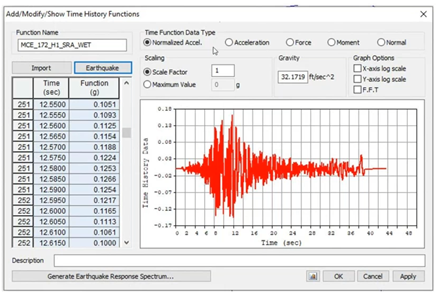
Author: Yong Yang
Publish Date: 17 Nov, 2020
With more users asking us questions regarding pushover analysis and its applications in midas Civil, we want to share the answers to some of these common questions to our user community. Hopefully, this would help you understand pushover analysis in midas Civil environment a little more, and we want you to be more confident when using midas Civil to perform seismic design and analysis. We invited one of our Midas experts Yong Yang, principal structural engineer from Jacobs, to share some of his experience regarding those questions.
Q: What is the difference between pushover analysis and modal response spectrum analysis in midas Civil?
Yong: One basic difference is response spectrum analysis (RSA) is performed as elastic analysis in midas Civil, while pushover analysis incorporates inelastic analysis for displacement capacity. To evaluate a structure, you need to compare the “demand” and “capacity”, which is obtained from RSA and pushover separately. RSA tells you how much the structure would displace under a seismic load, hence the demand; pushover analysis tells you the structural capacity by “pushing” the structure from elastic stage to failure stage.
Q: When is pushover analysis better than alternative modeling options?
Yong: Pushover analysis is a nonlinear static analysis. If the hinge can be pre-located or if a failure mechanism pattern can be predicted, pushover analysis can be a good tool to perform seismic analysis because its model is relatively simple to develop. For example in the California highspeed rail bridge model shown below, plastic hinges almost happen at the top and the bottom of the columns. And the driver force is coming from the superstructure (the seismic load). With the above conditions given, we are able to use pushover analysis for the bridge design.
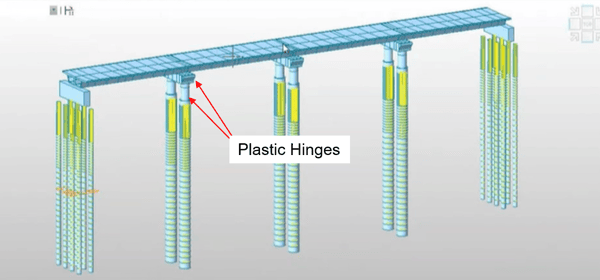
Q: What is the difference between the Displacement-Based and Force-Based approach in seismic design?
Yong: Let's start by talking about the types of seismic analysis methods out there. Seismic analysis techniques include equivalent static analysis (ESA), response spectrum analysis (RSA), equivalent linear time history analysis(ELTHA), and nonlinear time history analysis (NLTHA). The image below shows the ground motion used for NLTHA.
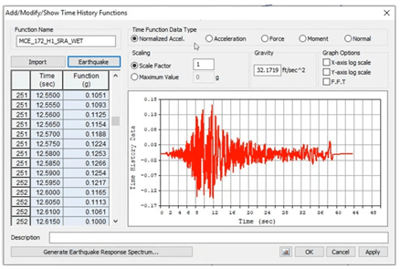
Yong: Putting the ground motion into NLTHA enables us to get seismic demand, hence the displacement at the center of the superstructure due to the ground motion. This is tabulated in midas Civil shown in the image below,
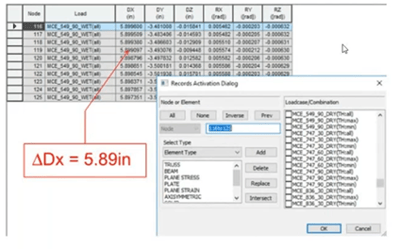
Yong: For NCL/MCE design, the global displacement demand ΔD (equals to 5.89 in for this case) at the center of mass of the superstructure for each bent is determined, and compared versus the displacement capacity ΔC. (11.7.3.2 Displacement Demands ΔD for NCL/MCE). ΔC is defined as the displacement capacity determined by inelastic static analysis (ISA), which is commonly referred to as "pushover" analysis. And this describes the displacement-based seismic design that can be used in midas Civil.
Yong: Force based seismic design, however, analyzes the structure elastically. To consider structural inelastic behavior during an earthquake, the engineers apply appropriate response force modification factor (R) to compute the loads for seismic design. The design method is relative to loads, therefore it is called "force based design method". (For Seismic Design Category C, D, reduction factor R is 4. from AASHTO GUIDE SPECIFICATIONS FOR LRFD SEISMIC BRIDGE DESIGN, section 7.5)
Q: Why is displacement based method (pushover analysis) preferred in seismic design?
Yong: Firstly, the displacement-based method is better to describe the structural damage than the force-based method. Secondly, It allows engineers to see clearly where yield occurs, and where ultimate failure occurs. However, for force based method you are not able to see that. Thirdly, the force based method reduction factor R is a value that is based on judgement. Its value often times has a little to do with the geometry and size of the structure. However, for displacement based method, its displacement ductility demand value μD is more based on the bridge type and geometry, as shown in the figure below.
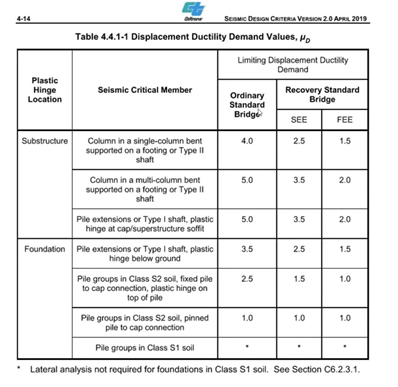
Editor: JC Sun
jsun@midasoft.com
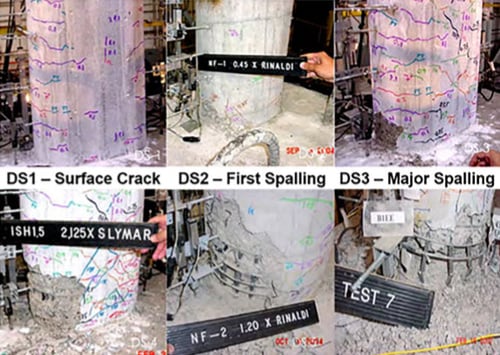
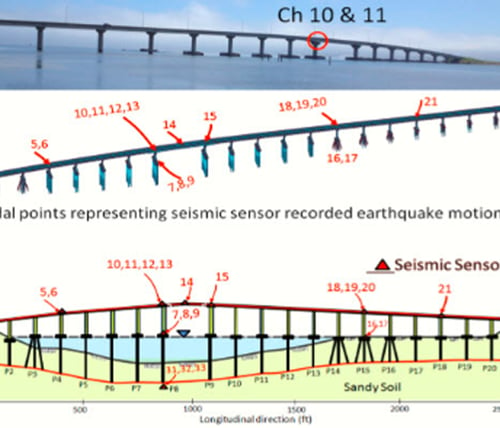
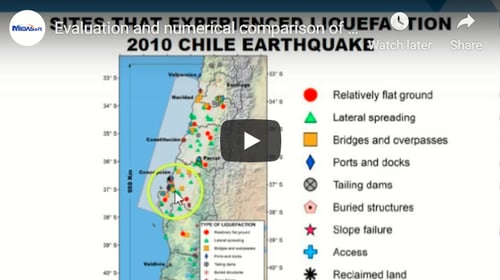
Add a Comment